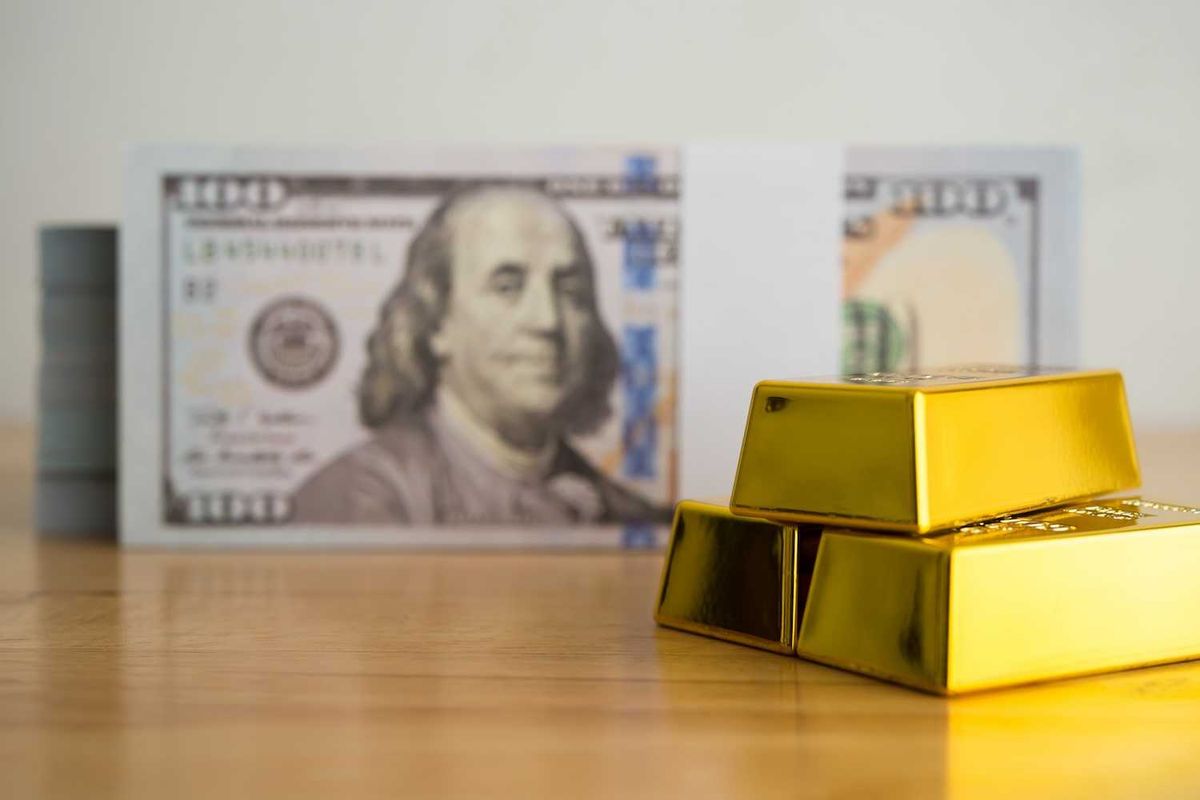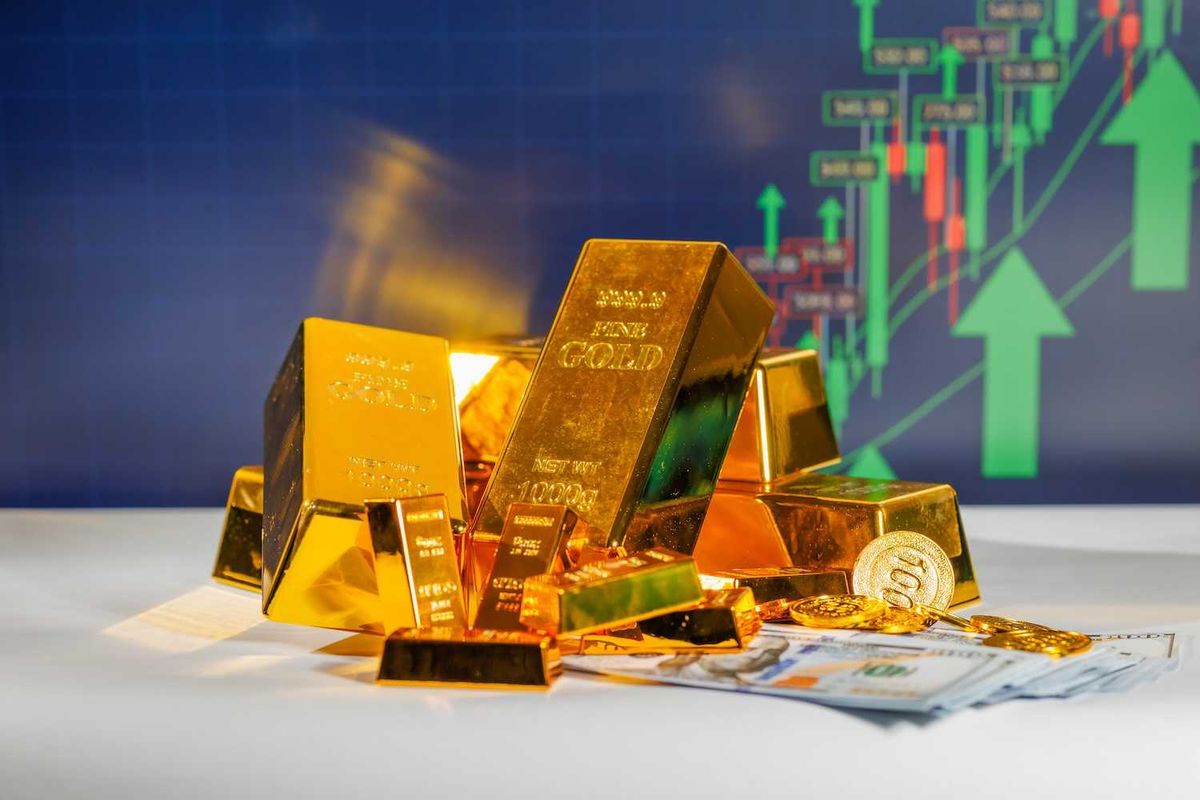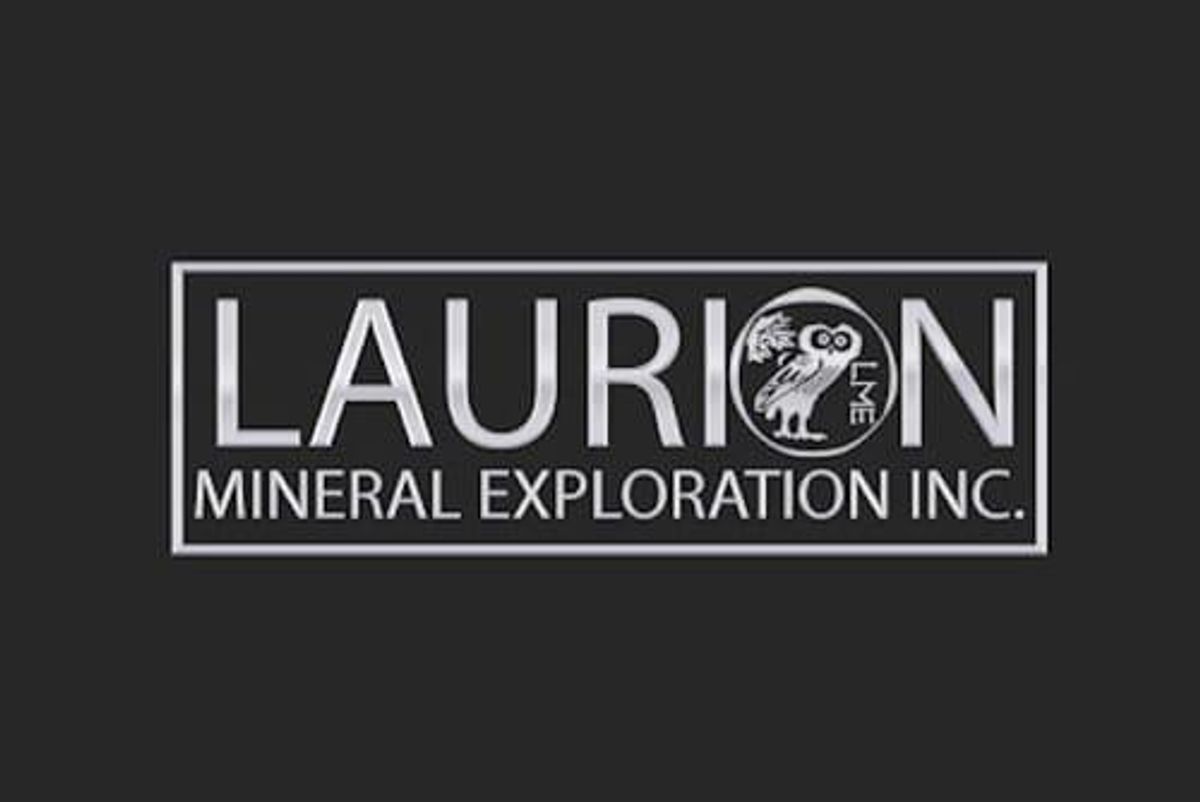
March 17, 2025
Sun Summit Minerals Corp. (TSXV: SMN) (OTCQB: SMREF) ("Sun Summit" or the "Company") is pleased to announce that, further to its news release of January 13, 2025, the Company has entered into an option agreement with Eagle Plains Resources Ltd. (TSXV: EPL) ("Eagle Plains") (the "Theory Option Agreement") to earn up to a 100% interest in 10,000 hectares of mineral claims in the highly prospective Toodoggone Mining District, British Columbia (the "Theory Project").
Highlights
- Strategic acquisition: The acquisition of the Theory Project will increase Sun Summit's Toodoggone footprint by ~10,000 hectares, creating a combined district-scale project of ~25,000 hectares.
- Increased land position in prime location: The Theory Project borders Thesis Gold's Ranch Project to the north and is located within 10 km of Sun Summit's JD Project, presenting significant synergies and logistical advantages. The combined land package would effectively border the Ranch Project on its northern and eastern boundary and provide the Company with an attractive, district scale exploration and development opportunity.
- Significant exploration potential: Theory Project hosts highly prospective geology with both epithermal-related gold targets, and large bulk-mineable porphyry-related copper-gold targets, supported by historical exploration and recent geophysical surveys.
- Attractive option terms: The Theory Option Agreement includes the option to acquire a 75% interest over four years with aggregate exploration expenditures of CDN $3,000,000, cash payments of CDN $250,000, and the issuance of 750,000 shares, with the remaining 25% interest available for CDN $1,000,000.
- Ongoing exploration planning: Sun Summit in cooperation with Eagle Plains will complete an extensive data compilation and target generation exercise, which will inform future exploration planning at the Theory Project.
Niel Marotta, CEO of Sun Summit, commented: "We are pleased to finalize the Theory Option Agreement. This enlarged district scale Copper-gold project represents an exciting opportunity to revive exploration in the northern part of the Toodoggone mining district. We wish to thank Eagle Plains for having the business acumen to acquire an extensive land package with regional exploration targets. This deal, combined with the JD property, adds to the potential for a significant discovery and significantly enhances our strategic position in the Toodoggone Mining District. By combining the Theory and JD Projects, we create a district-scale opportunity with exceptional exploration potential and significant logistical synergies. The option terms are both manageable and structured, allowing us to maintain financial flexibility while advancing exploration efforts. This acquisition aligns with our goal of building a robust, diversified portfolio in this highly active mining district, and we look forward to unlocking the full potential of these assets."
Theory Project
The Theory Project comprises 23 mineral claims covering 9,676 hectares. The project is 100% owned by Eagle Plains, with 122 hectares of the property subject to an underlying 0.5% net smelter returns royalty ("NSR") held by a third party. The project is located in north-central B.C. within the Toodoggone Mining District, and is in close proximity with Sun Summit's JD Project. The project area shares similar geology to the JD Project and Thesis Gold's Ranch-Lawyers Projects.
The project is helicopter-accessible and recent road upgrades completed in 2023 by Thesis Gold has brought road access to within 8 kilometres of the southern boundary of the Theory Project.
Geology in the Theory region is primarily comprised of lower Jurassic Hazelton Group volcanics (Toodoggone Formation, same host rock as the JD Project) which unconformably overlie late Triassic Takla Group volcanics. The entire package of volcanic and volcaniclastic rocks is intruded by late Triassic and early Jurassic stocks. The Jurassic-Triassic unconformity (~200 Ma), termed by the B.C. Geological Survey as the 'red-line', is observed throughout the Golden Triangle and Toodoggone regions to have a high spatial correlation to many known mineral deposits. The majority of the property encompasses this highly prospective contact.
Exploration by previous operators has been intermittent since the mid-1960's and regional government surveys are sparse, however encouraging mineralization and alteration commonly associated to both epithermal and porphyry systems has been documented. The most significant documented work was completed in 1988 in the north and west areas of the Theory project area. Work consisted primarily of alpine ridge and subalpine prospecting traverses as well as reconnaissance soil sample lines in areas where no outcrop was present. This work documented occurrences of low-sulphidation epithermal-related mineralization including quartz-barite veins with up to 8.2 g/t Au, 195 g/t Ag, and 6.2% Cu at the DM occurrence (BC Minfile 094E 231)*; and a quartz carbonate vein system with up to 6.8 g/t Au and 1,480 g/t Ag at the Fred-1 occurrence (BC Minfile 094E 402)*. The BEV occurrences (BC Minfile 094E 259)*, interpreted as a Cu-Au porphyry target, returned select historical rock results up to 0.47% Cu, 10.5 g/t Ag, and 0.13 g/t Au. Detailed soils revealed a 1.6 by 2 kilometre copper-in-soil anomaly with peak soil results to 920 ppm Cu. Very little work is documented in the south and eastern parts of the property.
Note: Grab samples by nature are selective and therefore may not be representative of the mineralization being evaluated.
Eagle Plains completed a 2024 property-wide airborne magnetic and radiometric survey at a nominal 100 metre line spacing to advance the property. The airborne geophysical survey highlighted a 13 by 13 kilometre area underlain by highly prospective Takla Group volcanics to the east and north, and Hazelton Group volcanics and sediments to the south and west. This data provides a solid foundation upon which to integrate historical local mapping and sampling results.
Figure 1: Toodoggone Property Map. Eagle Plain's Theory Project, north of Sun Summit's JD Project and Thesis Gold's Ranch Project.
To view an enhanced version of this graphic, please visit:
https://images.newsfilecorp.com/files/6142/244756_f299bb5d14248ba0_001full.jpg
Next Steps
The terms and conditions of the Theory Option Agreement are subject to the approval of the Exchange.
An extensive compilation of historical exploration data is underway with emphasis on the extensive prospecting, mapping and geochemical surveys completed in 1988. Detailed georeferencing of historical geochemical anomalies and geological structures of interest against the new 2024 geophysical dataset will assist with identification of follow-up field targets for the 2025 season.
Following the target identification exercise, an exploration plan and budget will be defined for the 2025 season. Minimum expenditures in 2025 are $200,000 with work expected to be conducted from the JD camp. The Company intends to secure a new mineral exploration permit for any future diamond drilling. The application process will be initiated by Sun Summit.
Theory Option Agreement Terms
Under the terms of the Theory Option Agreement, Sun Summit has the option to acquire a 75% interest in the Theory Project ("Option 1") over a 4-year period in exchange for the issuance of 750,000 common shares, the payment of $250,000 cash and incurring total exploration expenditures on the Theory Project of $3,000,000.
Sun Summit may exercise Option 1 by:
(a) incurring exploration expenditures of $3,000,000 on the Theory Project according to the following schedule:
- $200,000 ($200,000 total) on or before December 31, 2025
- $400,000 ($600,000 total) on or before December 31st, 2026
- $1,000,000 ($1,600,000 total) on or before December 31st, 2027, including a minimum of 1,000 metres of drilling
- $1,400,000 ($3,000,000 total) on or before December 31st, 2028, including a minimum of 1,500 metres of drilling
(b) paying to Eagle Plains a total cash consideration of $250,000 according to the following schedule:
- $20,000 cash payment on signing of the Theory Option Agreement
- $30,000 ($50,000 total) on or before December 31st, 2025
- $50,000 ($100,000 total) on or before December 31st, 2026
- $75,000 ($175,000 total) on or before December 31st, 2027
- $75,000 ($250,000 total) on or before December 31st, 2028
(c) issuing to Eagle Plains 750,000 common shares of the Company according to the following schedule:
- 50,000 shares following the receipt of approval from the TSX Venture Exchange (the "Exchange")
- 100,000 shares (150,000 total) on or before December 31st, 2025
- 150,000 shares (300,000 total) on or before December 31st, 2026
- 200,000 shares (500,000 total) on or before December 31st, 2027
- 250,000 shares (750,000 total) on or before December 31st, 2028
Upon completion and notice of exercise of Option 1, Sun Summit will obtain a 75% interest in the Theory Project and Eagle Plains will retain a total 2.0% NSR on all areas underlain by the project, which may be bought down to 1.0% through a cash payment of $1,000,000 to Eagle Plains. Two of the claims are subject to a separate preexisting agreement which includes a 0.5% net smelter returns royalty payable to an arm's length third party, which may be repurchased in its entirety for $1,000,000. For greater clarity, none of the Theory Project claims are encumbered in excess of an aggregate of 2.5% NSR.
Following the completion and notice of exercise of Option 1, Sun Summit shall have the right to earn an additional 25% interest in the Theory Project (for a total 100% interest) ("Option 2"). In order to exercise Option 2, Sun Summit shall notify Eagle Plains of its intent to increase its interest to 100%, no later than 180 days from the notice of exercise of Option 1, and make an additional one-time payment of $1,000,000 cash to Eagle Plains; of which half can be settled in Sun Summit shares, subject to the approval of the Exchange, with an issue price equal to the greater of (a) the 10-day volume-weighted average trading price of Sunn Summit's shares prior to the notice of exercise, and (b) the lowest price permitted by the Exchange.
Following the exercise of Option 1, and in the event of failure to exercise Option 2, Sun Summit and Eagle Plains shall then form a 75/25 joint venture ("JV") to further explore and develop the project, with Sun Summit holding a 75% interest and Eagle Plains holding a 25% interest in the JV on formation. The JV will hold and operate the Theory Project, and each party will proportionately fund their share of expenditures.
References
*BC Mineral Occurrence Database, Ministry of Energy, Mines and Petroleum Resources, https://minfile.gov.bc.ca/
Mineral Resources and Mineral Reserves data sourced from corporate websites.
Mineralization hosted on adjacent and/or nearby projects is not necessarily indicative of mineralization hosted on Sun Summit's projects.
National Instrument 43-101 Disclosure
This news release has been reviewed and approved by Sun Summit's Vice President Exploration, Ken MacDonald, P. Geo., a "Qualified Person" as defined in National Instrument 43-101 Standards of Disclosure for Mineral Projects of the Canadian Securities Administrators. He has not been able to verify the historical exploration data disclosed, including sampling, analytical and test data, underlying the technical information in this news release since such data is historical and the original samples are not available. Some technical information contained in this release is historical in nature and has been compiled from public sources believed to be accurate. Mineralization hosted on adjacent and/or nearby projects is not necessarily indicative of mineralization hosted on Sun Summit's projects
Community Engagement
Sun Summit is engaging with First Nations on whose territory our projects are located and is discussing their interests and identifying contract and work opportunities, as well as opportunities to support community initiatives. The Company looks forward to continuing to work with local and regional First Nations with ongoing exploration.
About the JD Project
The JD Project is located in the Toodoggone mining district in north-central British Columbia, a highly prospective deposit-rich mineral trend. The project covers an area of over 15,000 hectares and is in close proximity to active exploration and development projects, such as Thesis Gold's Lawyers and Ranch projects, TDG Gold's Baker-Shasta projects, Amarc Resource's AuRORA project, Centerra's Gold's Kemess East and Underground projects, as well as the past-producing Kemess open pit copper-gold mine.
The project is 450 kilometres northwest of the city of Prince George, and 25 kilometres north of the Sturdee airstrip. It is proximal to existing infrastructure in place to support the past-producing Kemess mine, including roads and a hydroelectric power line.
The JD Project is in a favourable geological environment characterized by both high-grade epithermal gold and silver mineralization, as well as porphyry-related copper and gold mineralization. Some historical exploration, including drilling, geochemistry and geophysics, has been carried out on the property, however the project area is largely underexplored.
About Sun Summit
Sun Summit Minerals (TSXV: SMN) (OTCQB: SMREF) is a mineral exploration company focused on expansion and discovery of district scale gold and copper assets in British Columbia. The Company's diverse portfolio includes the JD Project in the Toodoggone region of north-central B.C., and the Buck Project in central B.C.
Further details are available at www.sunsummitminerals.com.
On behalf of the board of directors
Brian Lock
Chairman of the Board
For further information, contact:
Niel Marotta
Chief Executive Officer & Director
info@sunsummitminerals.com
Matthew Benedetto
Simone Capital
mbenedetto@simonecapital.ca
Tel. 416-817-1226
Forward-Looking Information
Statements contained in this news release that are not historical facts may be forward-looking statements, which involve risks, uncertainties and other factors that could cause actual results to differ materially from those expressed or implied by such forward-looking statements. In addition, the forward-looking statements require management to make assumptions and are subject to inherent risks and uncertainties. There is significant risk that the forward-looking statements will not prove to be accurate, that the management's assumptions may not be correct and that actual results may differ materially from such forward-looking statements. Accordingly, readers should not place undue reliance on the forward-looking statements. Generally forward-looking statements can be identified by the use of terminology such as "anticipate", "will", "expect", "may", "continue", "could", "estimate", "forecast", "plan", "potential" and similar expressions. Forward-looking statements contained in this press release may include, but are not limited to, obtaining regulatory approval for the Theory Option Agreement, exercising Option 1 and Option 2 and acquiring an interest in the Theory Project, obtaining permits for exploration, potential mineralization on the Company's mineral properties, exploration plans, and engagement with First Nations communities. These forward-looking statements are based on a number of assumptions which may prove to be incorrect which, without limiting the generality of the following, include: risks inherent in exploration activities; the impact of exploration competition; unexpected geological or hydrological conditions; changes in government regulations and policies, including trade laws and policies; failure to obtain necessary permits and approvals from government authorities; volatility and sensitivity to market prices; volatility and sensitivity to capital market fluctuations; the ability to raise funds through private or public equity financings; environmental and safety risks including increased regulatory burdens; weather and other natural phenomena; and other exploration, development, operating, financial market and regulatory risks. The forward-looking statements contained in this press release are made as of the date hereof or the dates specifically referenced in this press release, where applicable. Except as required by applicable securities laws and regulation, Sun Summit disclaims any intention or obligation to update or revise any forward-looking statement, whether as a result of new information, future events or otherwise, except as required by applicable securities laws. All forward-looking statements contained in this press release are expressly qualified by this cautionary statement.
Neither the TSX Venture Exchange nor its Regulation Services Provider (as that term is defined in the policies of the TSX Venture Exchange) accepts responsibility for the adequacy or accuracy of this release.
SMN:CA

Sign up to get your FREE
Sun Summit Minerals Investor Kit
and hear about exciting investment opportunities.
- Corporate info
- Insights
- Growth strategies
- Upcoming projects
GET YOUR FREE INVESTOR KIT
The Conversation (0)
02 July
Sun Summit Minerals
Advancing district-scale gold and copper projects in British Columbia.
Advancing district-scale gold and copper projects in British Columbia. Keep Reading...
10h
WGC: Investment Key Driver of Gold Demand in Q3 2025
Investor appetite for safe-haven assets resulted in a record quarter for gold demand in Q3 2025, according to the World Gold Council’s (WGC) latest report.The WGC published its Gold Demand Trends Q3 report on October 30, which clearly demonstrates that investor demand for gold is exploding as... Keep Reading...
16h
Gold Miners Ride Record Prices to Strong Q3 Results
Global gold producers reported robust third-quarter earnings on the back of record bullion prices. The yellow metal surged to its all-time high of US$4,379.13 on October 17, 2025, coming off the back of rising geopolitical and economic tensions that reignited safe-haven demand.The metal broke... Keep Reading...
23h
LAURION Starts defining Gold Mineralization North and Northeast of the Brenbar Shaft, Highlighting 2.68 g/t Au over 1.05 m from 117.6 m to 118.65 m
(TheNewswire) Toronto, Ontario November 4, 2025 TheNewswire - Laurion Mineral Exploration Inc. (TSX.V: LME | OTC: LMEFF) ("LAURION" or the "Corporation") is pleased to announce encouraging results from its 7,700-metre Summer 2025 drill exploration program at the 100%-owned Ishkõday Project,... Keep Reading...
04 November
Significant Gold Discoveries Continue at Golden Gate - Drilling Hits 253.0m @ 1.5 g/t Au from Surface and Open in all Directions Ending in Mineralisation
Drilling Confirms Discovery Status at Horse Heaven’s Golden Gate Target with Three Consecutive Holes Ending in Mineralisation, Identifying the Large Intrusion-Related Gold System Only 16km from the Stibnite Gold Project (PPTA.NAS)
Resolution Minerals Ltd (ASX: RML; OTCQB: RLMLF) (“Resolution” or “Company”) is pleased to report that its maiden drill program at its 100% owned Horse Heaven Gold-Antimony-Tungsten- Silver Project (“Horse Heaven” or the “Project”), Idaho, USA (Figure 1) has delivered additional broad intervals... Keep Reading...
03 November
Trigg Minerals Poised for 2027 Production as Push for Domestic Critical Minerals Supply Heightens
As global supply chains tighten under China’s growing dominance in critical minerals, Trigg Minerals (ASX:TMG,OTCQB:TMGLF) is moving quickly to advance its Antimony Canyon and Tennessee Mountain projects toward production by 2027.In a recent interview with the Investing News Network, Managing... Keep Reading...
03 November
Major Mining Merger: Coeur to Buy New Gold for US$7 Billion
Coeur Mining’s acquisition of New Gold represents one of the largest consolidations in the North American mining sector in recent years.Mid-tier precious metals miner Coeur Mining (NYSE:CDE) announced on Monday (November 3) it plans to acquire New Gold (TSX:NGD,NYSEAMERICAN:NGD) in an all-stock... Keep Reading...
Latest News

Sign up to get your FREE
Sun Summit Minerals Investor Kit
and hear about exciting investment opportunities.
- Corporate info
- Insights
- Growth strategies
- Upcoming projects
GET YOUR FREE INVESTOR KIT
Latest Press Releases
Related News
TOP STOCKS
American Battery4.030.24
Aion Therapeutic0.10-0.01
Cybin Corp2.140.00







